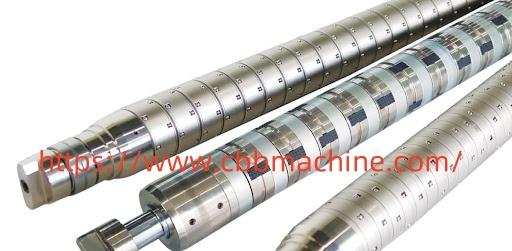In modern roll-to-roll production systems, maintaining uniform web tension relies heavily on components like the Differential Air Shaft that help balance speed and pressure across multiple rolls. This specialized shaft uses air pressure to allow slip between individual cores, ensuring each roll rewinds at the correct tension, regardless of diameter variation or paper thickness. The result is a more stable, high-precision output essential for industries like flexible packaging, films, labels, and aluminum foil production.
Traditional fixed shafts struggle to accommodate inconsistencies in roll diameters, leading to web wrinkles, uneven winding, and eventual product wastage. By comparison, the differential shaft significantly reduces waste by offering dynamic torque control per core. This reduces the occurrence of core slippage and improves the consistency of the finished roll. Unlike mechanical slipping cores, the air-control mechanism is faster to adjust, requires less maintenance, and is easier to integrate into automated winding systems.
The construction of these shafts typically includes expanding elements, air valves, and a core-locking mechanism, all coordinated through precision engineering. Their internal structure allows differential torque distribution with minimal mechanical friction, leading to improved lifespan and long-term operation. Whether you're handling plastic films, paper rolls, or laminated materials, these shafts prove invaluable in high-speed applications.
For converters and manufacturers running multiple web lines simultaneously, investing in such technology ensures higher production quality and less downtime. It also simplifies core changeovers due to its user-friendly air inflation system. A good differential shaft not only enhances rewind efficiency but also contributes to better control of product consistency, which is crucial in tight-tolerance sectors like medical and food-grade packaging.
Besides operational gains, the air shaft's modular build makes it highly serviceable—users can often replace components like rubber strips or air bladders without removing the entire unit from the machine. This supports continuous production with minimal disruption, further emphasizing its value in modern converting lines.
The application of this shaft isn't limited to large manufacturers; even small and mid-sized facilities can benefit from its flexibility, ease of use, and product quality improvement. It represents a balance of cost-efficiency, precision, and long-term usability—features that matter most in competitive production environments.
To learn more about how this advanced solution can improve your production workflow, visit www.cbbmachine.com

